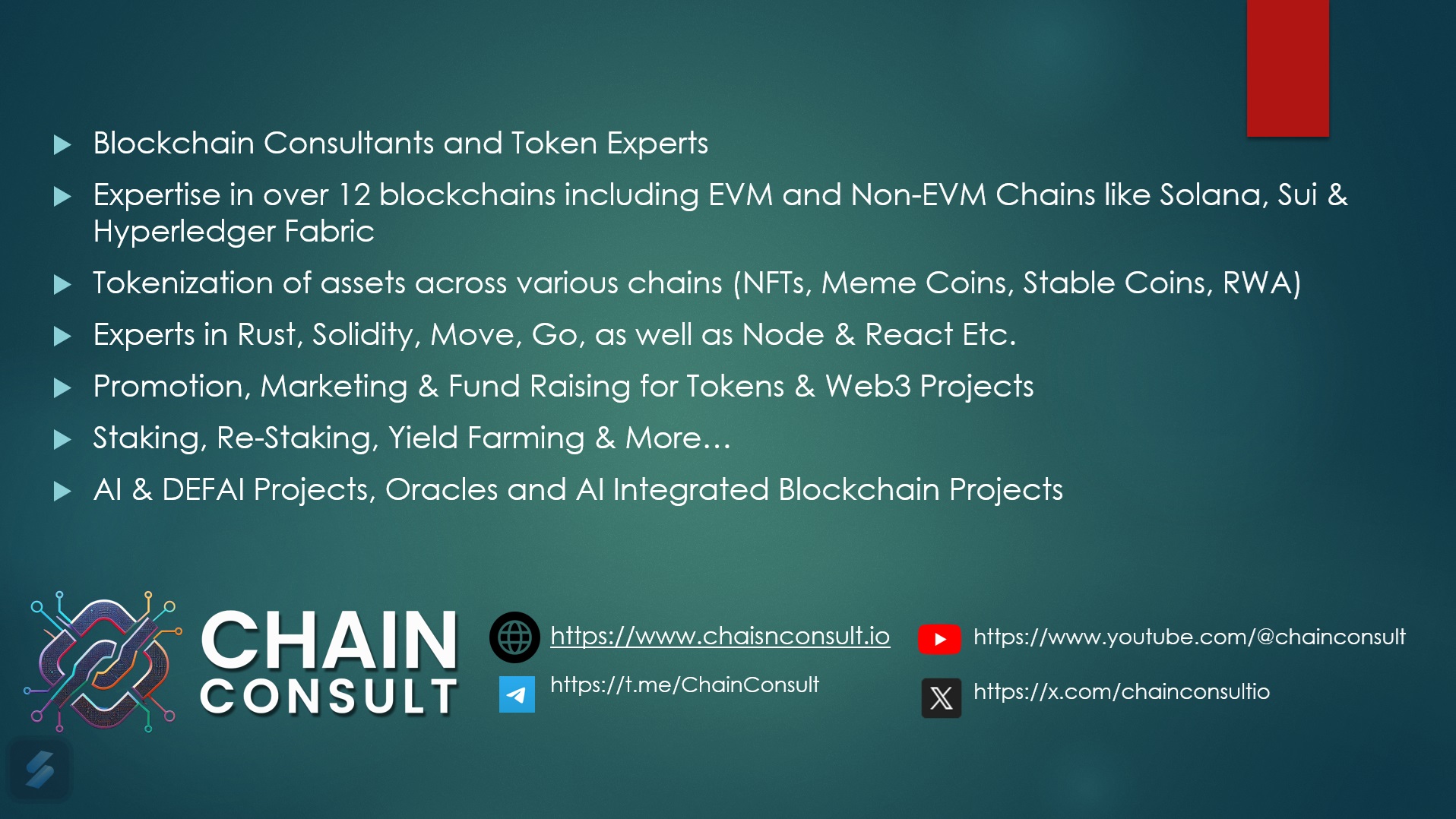
he internet has undergone significant transformations since its inception. From the early days of static websites (Web1) to the interactive and centralized era of social media and e-commerce (Web2), we are now entering a new phase known as Web3. This next evolution promises decentralization, user ownership, and enhanced security. This article will explore the key differences between Web2 and Web3, how Web3 is revolutionizing the digital landscape, and what it means for users, developers, and businesses.
What is Web3?
Web3, also known as the decentralized web, is an emerging internet paradigm built on blockchain technology and decentralized protocols. It aims to shift control from centralized entities (like tech giants) to individual users, offering a trustless, permissionless, and secure online experience.
Core Principles of Web3:
- Decentralization: No single entity controls the network; power is distributed across users.
- Blockchain-based: Transactions and data are stored on decentralized ledgers.
- Smart Contracts: Automated, self-executing contracts that eliminate intermediaries.
- Tokenization: Digital assets and cryptocurrencies play a key role in governance and transactions.
- User Ownership: Users have greater control over their data, identity, and assets.
Benefits of Web3
- Greater data security and privacy.
- More financial opportunities through tokenized ecosystems.
- Reduced reliance on intermediaries, lowering transaction costs.
- Open-source development fosters innovation and transparency.
Web3 is often linked to cryptocurrencies, decentralized finance (DeFi), non-fungible tokens (NFTs), and metaverse applications.
What is Web2?
Web2 refers to the current iteration of the internet, dominated by interactive platforms, user-generated content, and centralized services. It enabled the rise of social media, e-commerce, cloud computing, and mobile applications.
Characteristics of Web2:
- Centralized Platforms: Tech giants (Google, Facebook, Amazon) control large portions of the web.
- User Data Monetization: Companies collect, store, and profit from user data.
- Cloud Computing: Applications run on centralized servers owned by large corporations.
- Advertising-based Economy: Free services rely on ad revenue generated from user data.
- Intermediaries: Transactions require third parties such as banks, app stores, or regulators.
Limitations of Web2
- Data privacy concerns: Users have limited control over their personal information.
- Centralization risks: Single points of failure can lead to censorship and data breaches.
- Monetization imbalance: Users generate content but rarely receive financial benefits.
While Web2 has provided a seamless and interactive experience, concerns over privacy, censorship, and data ownership have fueled the shift toward Web3.
Key Differences Between Web2 and Web3
1. Centralization vs. Decentralization
- Web2: Centralized entities (Google, Facebook, Amazon) control data and services.
- Web3: Decentralized networks ensure no single party has full control.
2. Data Ownership and Privacy
- Web2: Platforms collect user data and monetize it through advertising.
- Web3: Users own their data and can choose how it is shared or monetized.
3. Security and Trust
- Web2: Relies on trust-based models (e.g., trusting banks, social networks, cloud providers).
- Web3: Uses trustless systems (smart contracts, blockchain) that require no intermediaries.
4. Payments and Transactions
- Web2: Transactions rely on banks, payment processors, and centralized financial institutions.
- Web3: Cryptocurrency-based payments eliminate intermediaries and reduce fees.
5. Identity and Authentication
- Web2: Users log in with centralized credentials (Google, Facebook, email, passwords).
- Web3: Uses decentralized identity solutions (crypto wallets, zero-knowledge proofs) for authentication.
6. Content and Censorship
- Web2: Platforms have the authority to censor content and ban users.
- Web3: Content is censorship-resistant due to decentralized hosting.
7. Revenue Models
- Web2: Primarily ad-based revenue.
- Web3: Token-based economies, creator royalties, and decentralized finance models.
How Web3 is Changing Different Industries
1. Finance (DeFi – Decentralized Finance)
Web3 enables DeFi applications that remove the need for banks and financial intermediaries.
- Examples: Uniswap (decentralized exchange), Aave (lending platform), MakerDAO (stablecoin governance).
- Benefits: Lower fees, transparency, financial inclusion.
2. Social Media
Decentralized social platforms prevent censorship and give users control over their data.
- Examples: Lens Protocol, Mastodon, Steemit.
- Benefits: No single entity can ban accounts or exploit user data.
3. Gaming and Metaverse
Web3 introduces play-to-earn (P2E) models and digital ownership via NFTs.
- Examples: Decentraland, Axie Infinity, The Sandbox.
- Benefits: Players truly own in-game assets and can monetize their digital experiences.
4. Content Creation and Ownership
NFTs enable artists, musicians, and writers to monetize their work without intermediaries.
- Examples: OpenSea (NFT marketplace), Audius (decentralized music streaming).
- Benefits: Creators receive royalties and maintain control over their work.
5. Healthcare and Data Security
Decentralized solutions improve patient data security and interoperability.
- Examples: Medibloc (blockchain-based medical records).
- Benefits: Patients control access to their medical data.
6. Supply Chain and Logistics
Web3 enhances transparency and efficiency in global supply chains.
- Examples: VeChain (blockchain-based supply chain tracking).
- Benefits: Reduced fraud, improved traceability.
Challenges and Limitations of Web3
1. Scalability
Current blockchain networks struggle with transaction speeds and fees compared to centralized systems.
- Solutions: Layer 2 solutions like Polygon, Ethereum 2.0 upgrades.
2. Complexity and User Experience
- Web3 applications require more technical knowledge (crypto wallets, gas fees, private keys).
- User adoption is slow due to steep learning curves.
3. Regulatory Uncertainty
Governments and institutions are still defining legal frameworks for crypto and Web3 projects.
4. Security Risks
- Smart contract vulnerabilities can be exploited by hackers.
- Loss of private keys results in irreversible asset loss.
The Future of Web3
Despite challenges, Web3 is evolving rapidly with continuous innovation.
Upcoming Trends in Web3:
- Interoperability: Cross-chain solutions will allow different blockchains to communicate.
- Decentralized AI: AI models will operate without central control, reducing bias.
- DAO Adoption: More decentralized autonomous organizations (DAOs) will emerge, reshaping governance.
- Green Blockchain Solutions: Energy-efficient protocols (e.g., Proof-of-Stake) will become the norm.
What Can Users Do to Prepare?
- Learn how to use Web3 wallets (MetaMask, Trust Wallet, Ledger).
- Experiment with decentralized apps (dApps).
- Stay informed about blockchain regulations and security best practices.

